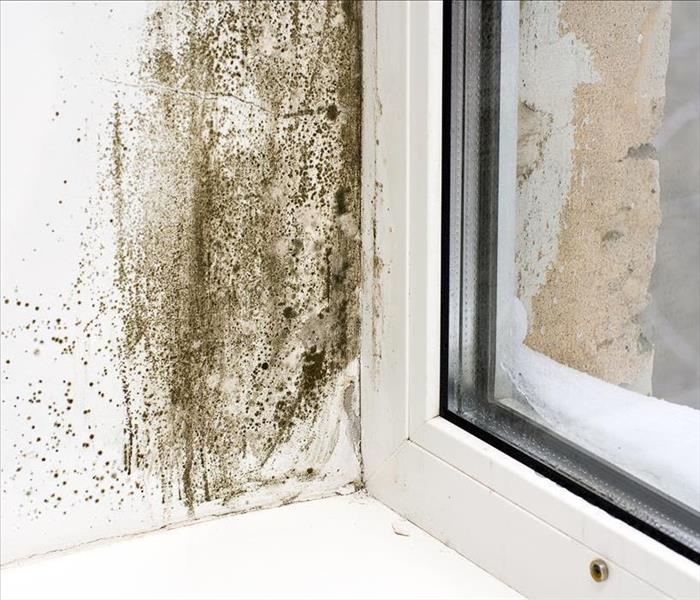Is Fungus Cleanup Covered by Your Commercial Insurance?
9/8/2021 (Permalink)
 The mold cleanup will not be covered by the insurance if it is a negligence case in your Salt Lake City, UT commercial property.
The mold cleanup will not be covered by the insurance if it is a negligence case in your Salt Lake City, UT commercial property.
It doesn't take much time for a water disaster to transform your commercial property from normal daily functioning to impossible to operate. Unfortunately, leaky pipes, storm damage, and backed-up toilets cause much more than an immediate inconvenience. High levels of humidity or a small puddle of water that soaks, unnoticed, into the carpeting can create the perfect environment for mold growth. The good news is that your commercial insurance provides coverage under most circumstances. The bad news is that many policies have a significant exclusion for losses or damage caused by fungus.
Understanding the Fungus Exclusion in Your Commercial Insurance Policy
Many commercial insurance policies have exclusions related to the pollution, fungi, and bacteria present in Category 3 water. If this exclusion is present in your insurance policy, you may have a coverage gap.
What Is Fungus?
Fungus and fungi are broad terms used in the insurance industry to describe many contaminants:
- Mold
- Mildew
- Mushrooms
- Spores
- Toxins
- Yeasts
- Any by-products left by any type of fungus
The fungus exclusion means that damage such as dry rot, bad smells caused by the presence of fungi, and the spread of fungus throughout your Salt Lake City, UT, property doesn't fall under your standard commercial property insurance coverage.
Why Isn't Fungus Covered?
Mold damage is generally covered if it happens because of "a common peril." These situations may include a pipe break or some overflow from your malfunctioning air conditioner, for example. This type of damage is covered because it was caused by the sudden presence of water.
Damage is not covered when the insurance company can show that negligence or flooding was the culprit. If, for example, a fixture under a bathroom sink has been seeping water for several years, the resulting mold growth won't be covered. If certain rooms on your property are consistently humid and you haven't used a dehumidifier, your policy may not cover the resulting damage. These are examples of negligence.
If heavy storms lead to flooding and water from that storm travels across the ground before moving through your property, causing mold growth, the damage probably won't be covered unless you have a specific flood or mold insurance policy.
Is There a Solution?
Some insurance providers offer Limited Fungus Coverage. This policy has many limitations. There is often an amount limit tied to one occurrence in your policy year. It may cover the removal and replacement of moldy building materials, such as drywall and insulation. The coverage may pay for testing to ensure that there's no remaining trace of contamination. Additionally, the policy only kicks in if you can show that you have taken all reasonable precautions to protect your Salt Lake City, UT, property from damage.
Are You Worried About Your Coverage?
If you're worried about damage from mold growth on your property, your commercial insurance may cover the cost of hiring cleanup and repair professionals. However, there are certain exclusions that may complicate the claim. Make sure you understand the details of your coverage before damage happens, so you can avoid frustrating delays and limited coverage when any type of water disaster affects your building.





 24/7 Emergency Service
24/7 Emergency Service